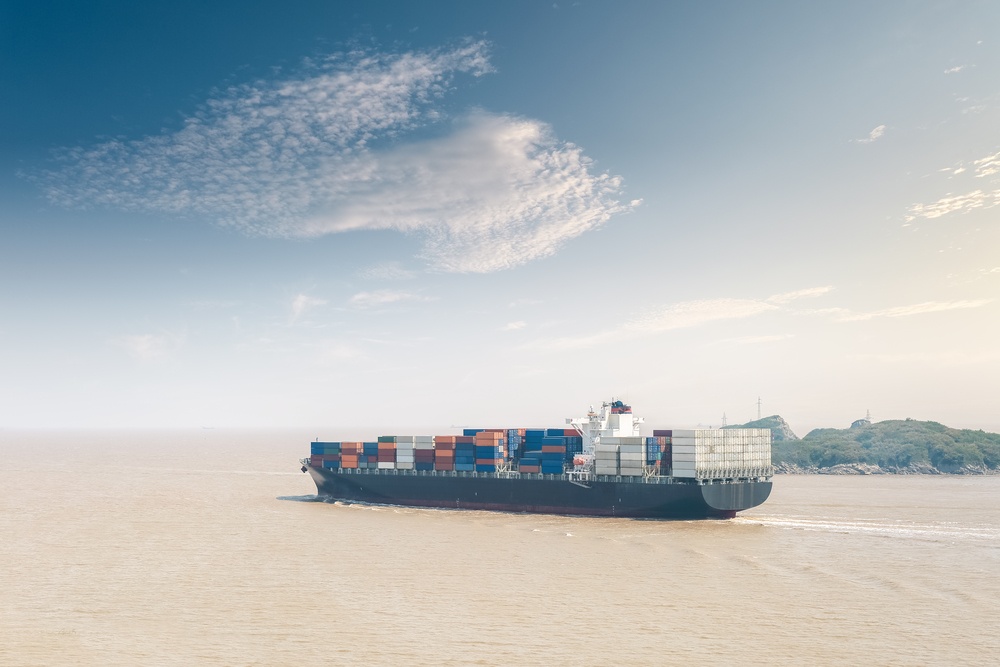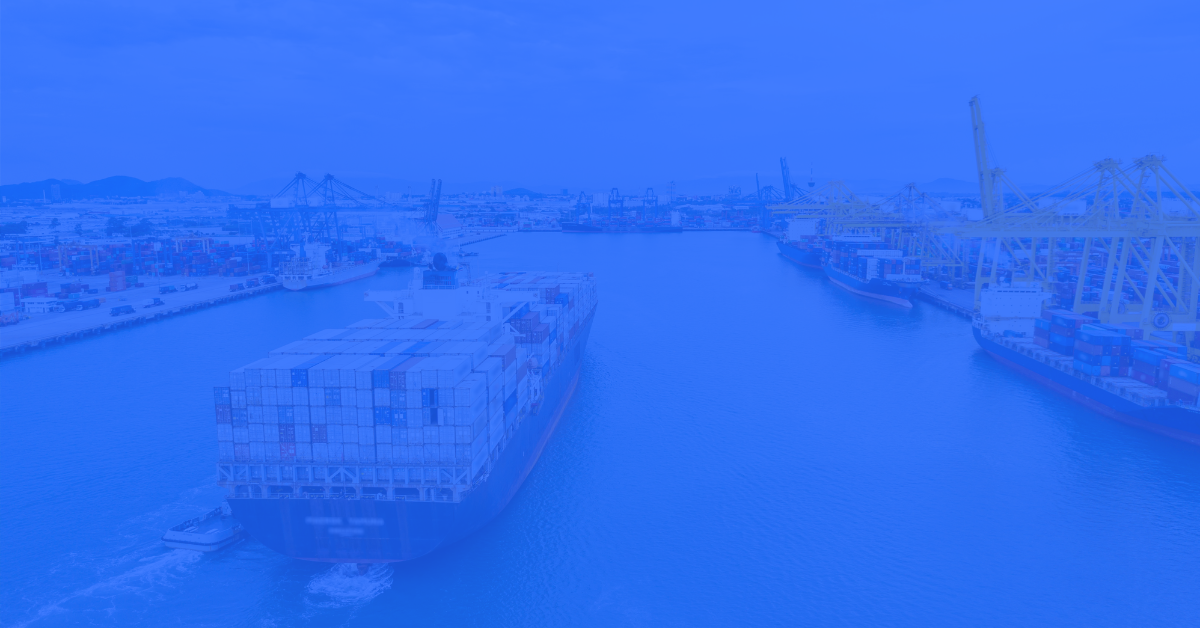Container shipping has many jargons and abbreviations attached to it. In this article, we will look at one such abbreviation/jargon – CY/CY.
This term is used ONLY in container shipping because CY stands for Container Yard. So, what does the term CY/CY mean and what is its importance in container shipping?
A Container Yard is a resting place within a port or terminal where full or empty containers are received and stored, before it is loaded on the ship in the case of exports, or offloaded from the ship and delivered to the consignee in the case of imports.
You might have seen the term CY/CY as a notation on the bill of lading or in the Port of Loading or Port of Discharge fields in the bill of lading added after the name of the port – like "Los Angeles CY".
CY/CY means that the responsibility of the shipping line begins at the CY at the load port and ends at the CY at the discharge port.

CY/CY & The Process of Ocean Shipping
The process of ocean shipping can be broken up into three phases or legs:
The first leg (pre-carriage) is before the container is delivered to the port or terminal. The second leg (carriage) is the transition from port to port. Lastly, the third leg (on-carriage) is after the container is picked up from the subsequent terminal.
CY/CY refers to the second leg (carriage) of the process of ocean shipping. If the shipment is done on the basis of CY/CY terms, whatever happens before the CY at load port remains the responsibility of the shipper and whatever happens after the CY at the discharge port remains the responsibility of the consignee.
In some ports, export containers may need to be offloaded at a point other than the Container Yard, and there might be an additional movement involved (with or without cost) to move it to the Container Yard.
Similarly, on the import side, the container might have to be moved from the Container Yard to a different yard or staging area (with or without cost) before it is loaded on the importer’s truck.
When negotiating freight rates with the shipping line, the BCO or NVOCC/Freight forwarder must ensure that these terms are made crystal clear to avoid any ambiguity with the shipping line.
Port to port may be different from CY to CY in some cases, and the costs for movement to the CY may be expensive for the BCO or NVOCC/Freight forwarder.

CY CY Rates: Different Combinations
Let us look at the few combinations that that may be involved:
- Gate In/Gate Out: In this combination excluding the carriage charges, the terminal handling charges at both ends are covered in the total shipping charges and what is excluded is only the local charges payable to the carriers.
- CY/Gate Out: In this combination excluding the carriage charges, the THC at the discharge port is covered in the total shipping charges and what is excluded is the local charges payable to the carriers at both ends and the Origin THC.
- Gate In/CY: In this combination excluding the carriage charges, the THC at the load port is covered in the total shipping charges and what is excluded is the local charges payable to the carriers at both ends and the Destination THC.
- CY/CY : In this combination excluding the the carriage charges, nothing else is included.
But a key point to remember is Incoterms. The responsibility of cost & risk are divided between the seller and the buyer at specific stages in the chain. Depending on the terms used and where relevant (like FCA or EXW Incoterm), the seller or buyer must take care to ensure that the containers are delivered at the CY nominated by the shipping line within the cut-off time for a specific ship.
Why is This Important?
Each port/terminal/CY has its own berthing and working schedule for the various ships that call there. To achieve operational efficiency, there has to be some cut-off after which containers for that specific ship cannot be accepted.
These cut off times (usually between 3-5 days depending on the port/terminal) are set by the port or container terminal in conjunction with the vessel operator based on the ETA of the ship at a port.
Conclusion
In conclusion, there are several shipping terms and service types floating around in the world of ocean shipping.
BCO or NVOCC/Freight forwarder must take special care when negotiating shipping terms with the shipping line to ensure that all ambiguities are cleared, and there are no unknowns at the time of shipment.
%201.png)


-1.jpg)




